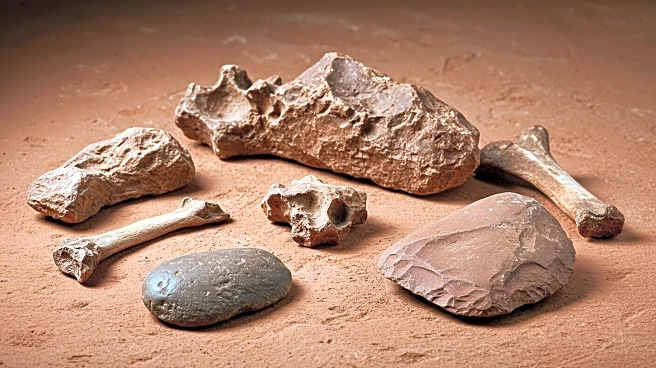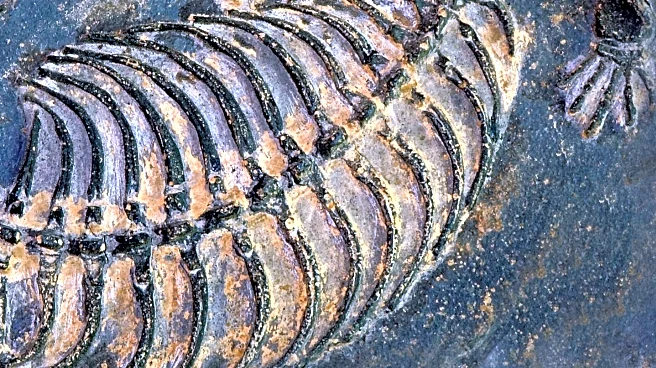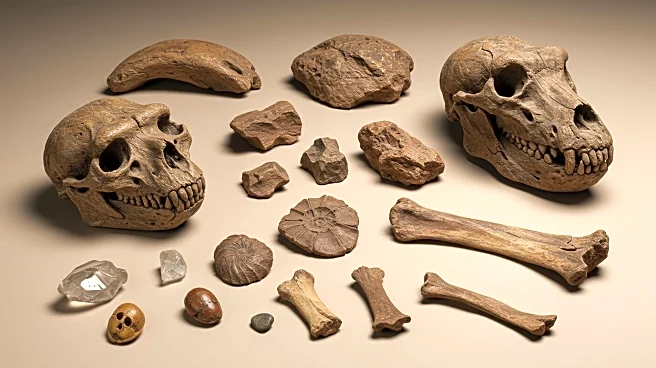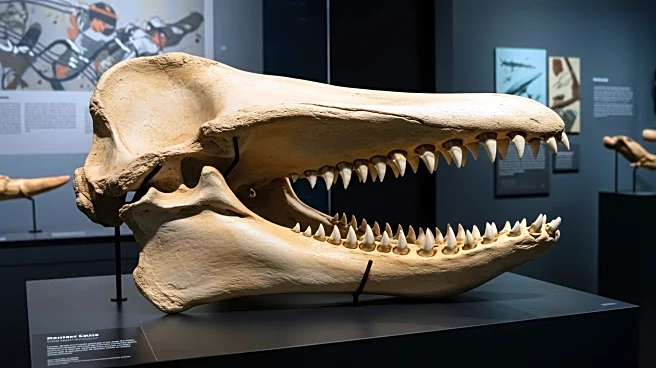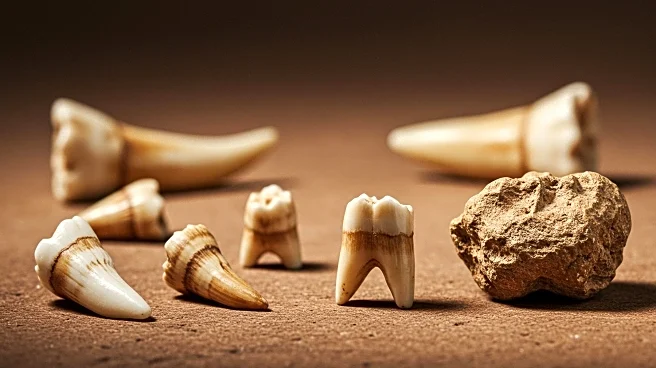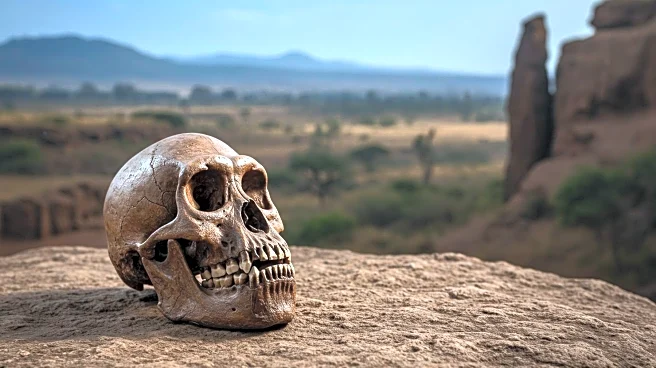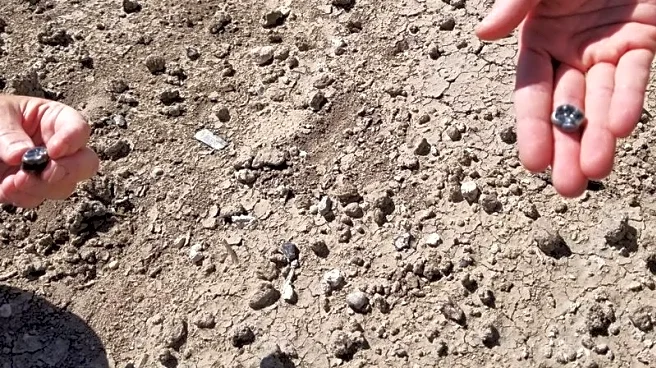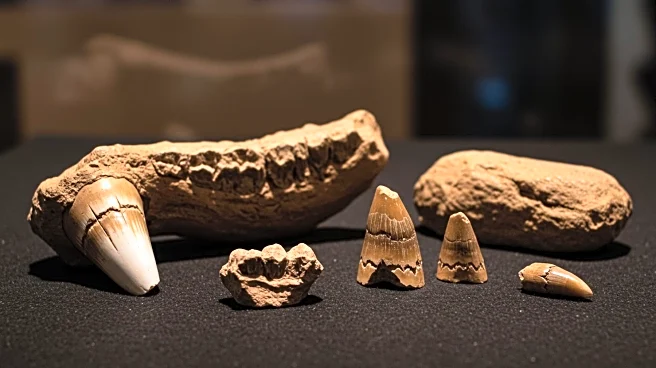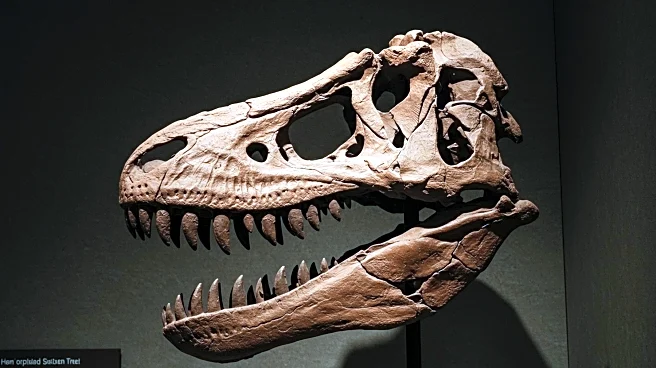Rapid Read • 6 min read
Researchers have discovered fossils in Ethiopia that belong to a previously unknown ancient human relative, potentially coexisting with early Homo species. The fossils, found at the Ledi-Geraru research site, include teeth from an unidentified Australopithecus species, dating back 2.6 to 2.8 million years. This discovery suggests multiple early human-like lineages may have existed simultaneously in East Africa, challenging the linear view of human evolution.
The discovery of these fossils is significant for understanding human evolution, as it suggests a more complex and intertwined history of early human relatives. This challenges the traditional linear model of evolution, indicating a 'bushy tree' with multiple coexisting species. The findings could reshape scientific perspectives on how early humans evolved and interacted, influencing future research and educational narratives about human ancestry.
AD
Researchers will continue to analyze the newly discovered teeth to determine the diet and ecological niche of this unidentified species. Further fossil discoveries at the site could provide more insights into the interactions and coexistence of early human relatives. The scientific community will likely engage in discussions and debates about the implications of these findings, potentially leading to new theories and models of human evolution.
AD
More Stories You Might Enjoy
